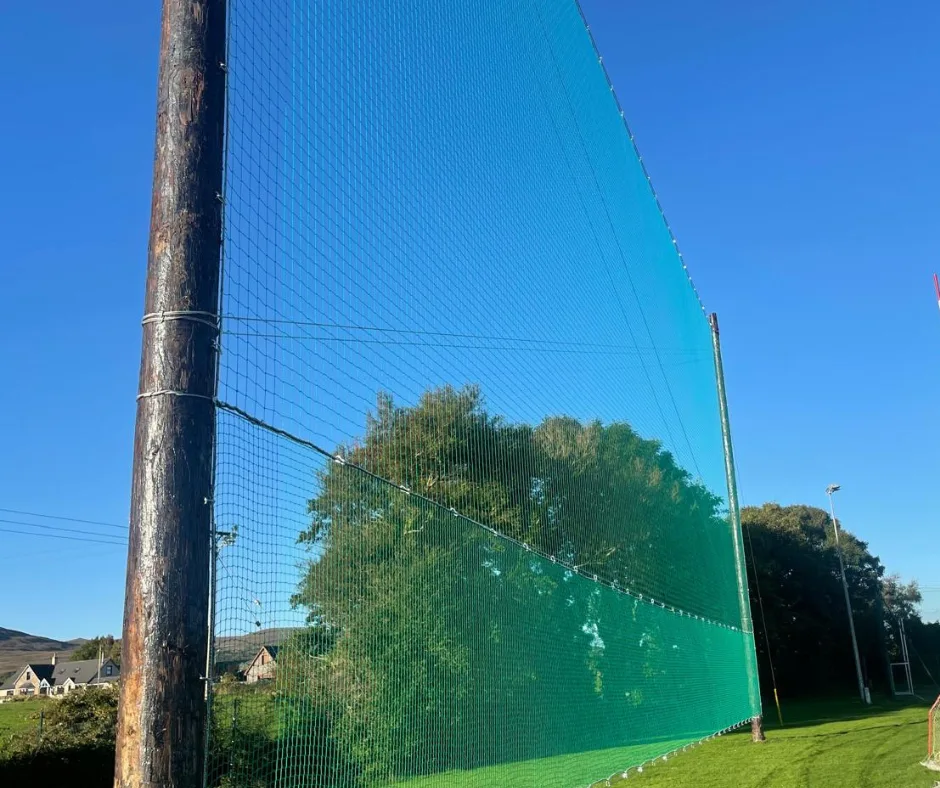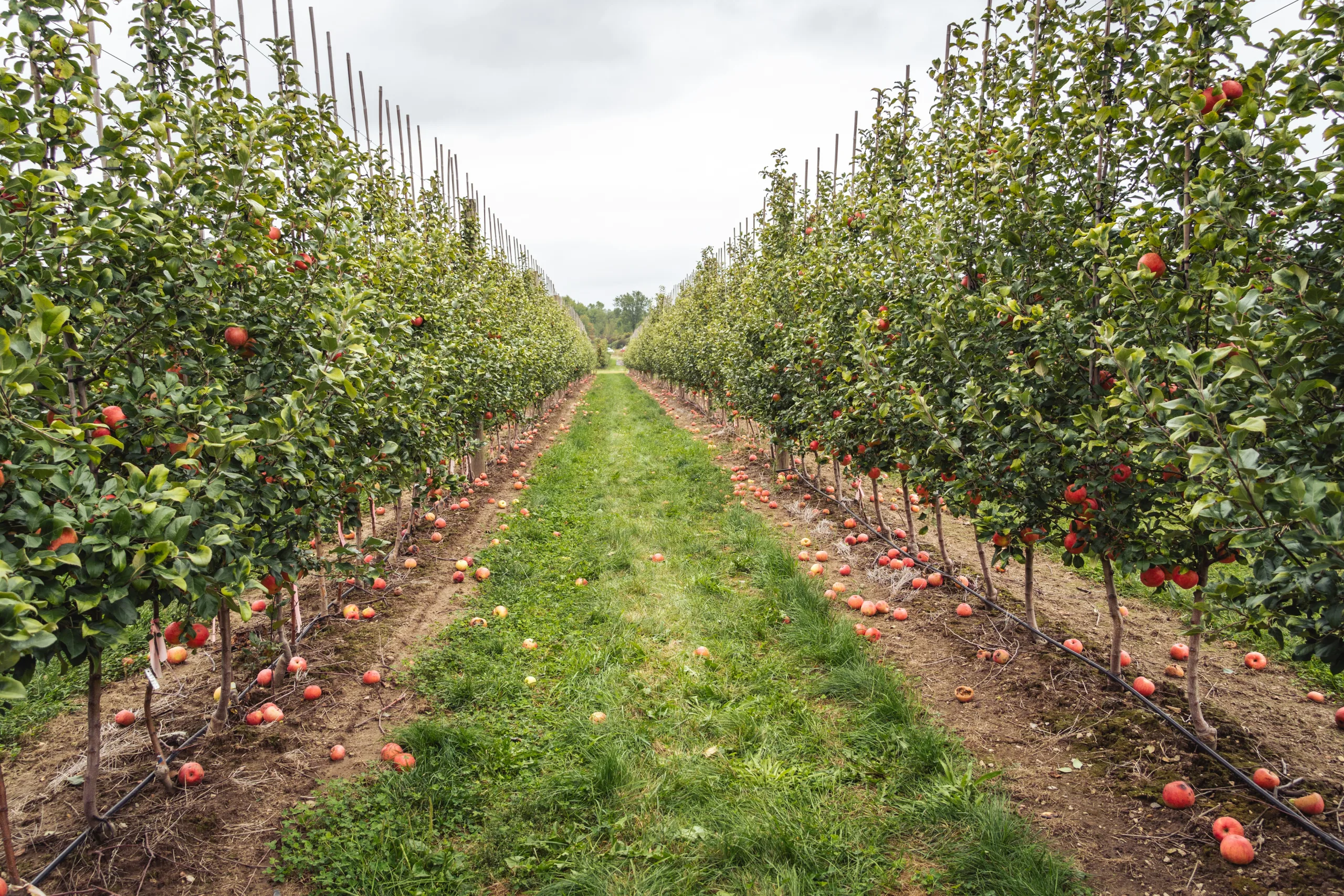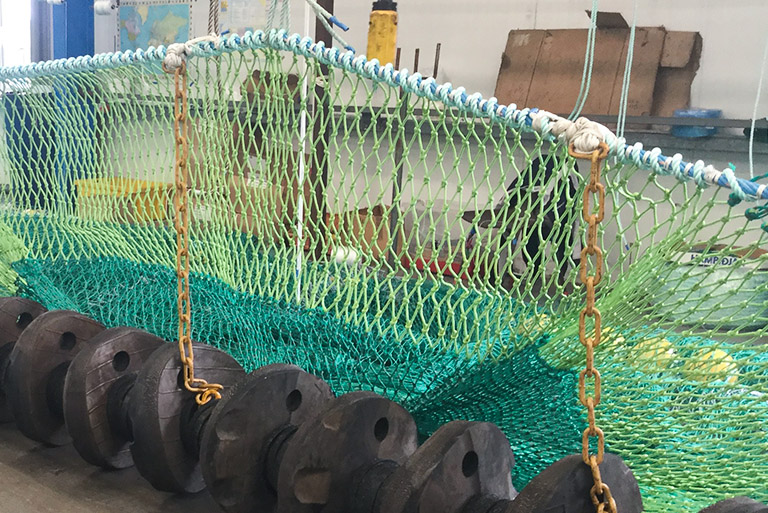
Introduction
The Impact of Bycatch
For fishermen, bycatch results in lower quotas for target fish species, undermining their economic viability. This unintended capture of non-target species continues to be a major issue in the fishing industry. When it limits the ability to maximise quotas, the effects reach beyond individual fishermen, impacting entire communities. The consequences can also extend to consumers, affecting the price, quality, and availability of seafood.
Emerging Technologies to Combat Bycatch
Several developing technologies offer potential solutions to mitigate trawl net bycatch. This includes solutions such as:
- Demersal Trawls
- Sensory Deterrents
- Active Selection Solutions
- Automated Selection Solutions
- AI and Machine Learning
Demersal Trawls
Demersal trawls catch fish above the sea floor while preventing bycatch of bottom-dwelling species. For example, in haddock fishing, flounder is a common bycatch species. Demersal trawls can target haddock while avoiding flounder and other bottom species.
Integrating camera systems allows skippers to monitor the net’s position in real-time, making adjustments to avoid unwanted catches.
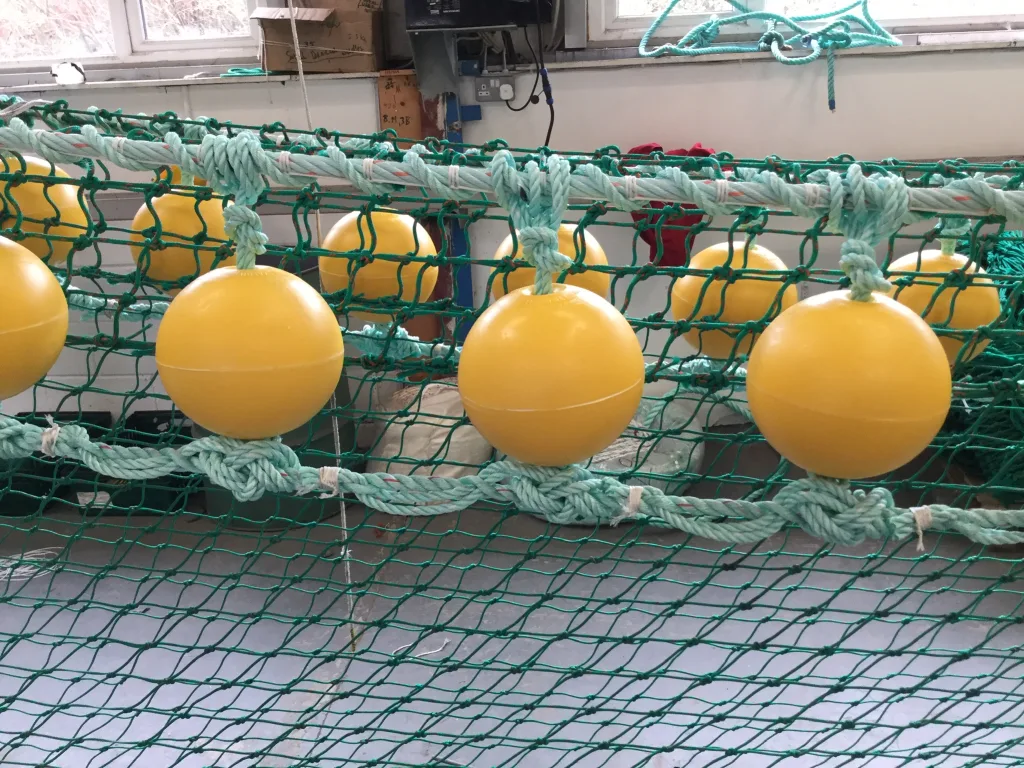
Sensory Deterrents
LED lights are one of the most promising sensory deterrents. Such lights can guide species like salmon to escape panels in nets, significantly reducing bycatch. Successful use of LED lights extends to other species, including Pacific halibut.
In some cases, LED lights can even attract targeted species, enhancing fishing efficiency. Research into other deterrents, such as acoustic devices and colour-changing nets, continues.
Active Selection Solutions
Active selection solutions enable real-time monitoring inside trawl nets via live video technologies. Fishermen can observe their catch and decide to release non-target species. Combining these systems with excluder devices allows for reduced bycatch and improved catch quality.
Automated Selection Solutions
Automated systems using robotics and vision-based technology are being developed to identify fish species and sizes inside nets. Species that meet preset criteria are retained, while unwanted species are automatically released. The early-stage innovations show promise for improving fishing efficiency and reducing bycatch.
AI and Machine Learning
AI and machine learning are transforming industries, including fishing. AI can process large volumes of trawl footage, identify patterns, and predict areas prone to bycatch. This allows fishermen to avoid high-risk areas or adjust their fishing schedules. Additionally, AI can analyse data from net sensors to optimise fishing strategies.
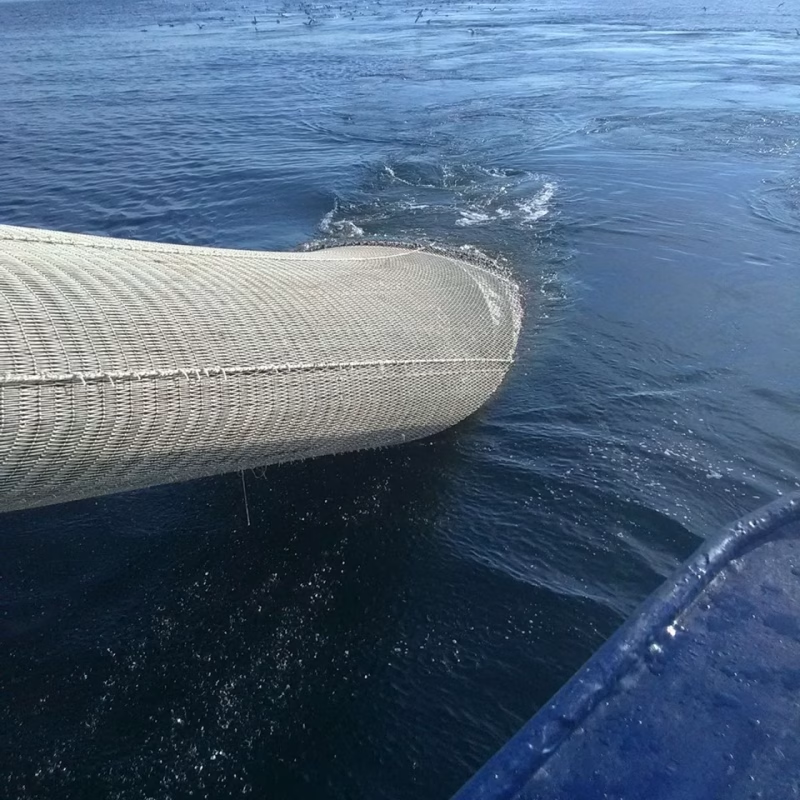
Looking to the Future
While no single technology has completely solved the bycatch issue, combining these innovations could significantly reduce bycatch in the future. Challenges remain, particularly the high cost of these technologies, especially for smaller fishing operations. However, as these technologies mature, prices may decrease, making them more accessible to a wider range of fishermen.
Unintended consequences, such as the impact of artificial light or sound on marine ecosystems, must also be considered. Testing and refining these technologies will help assess their full impact.
Despite the challenges, the development of these technologies represents significant progress. For fishermen, the potential to reduce bycatch and improve efficiency is a positive development. For consumers, these innovations offer hope for more sustainably sourced seafood, with less disruption to marine life.
Conclusion
Though there is no perfect solution to bycatch, the technologies currently being developed offer promising hope for the future. As these technologies advance, they could improve fishing operations while preserving marine ecosystems for generations to come.

